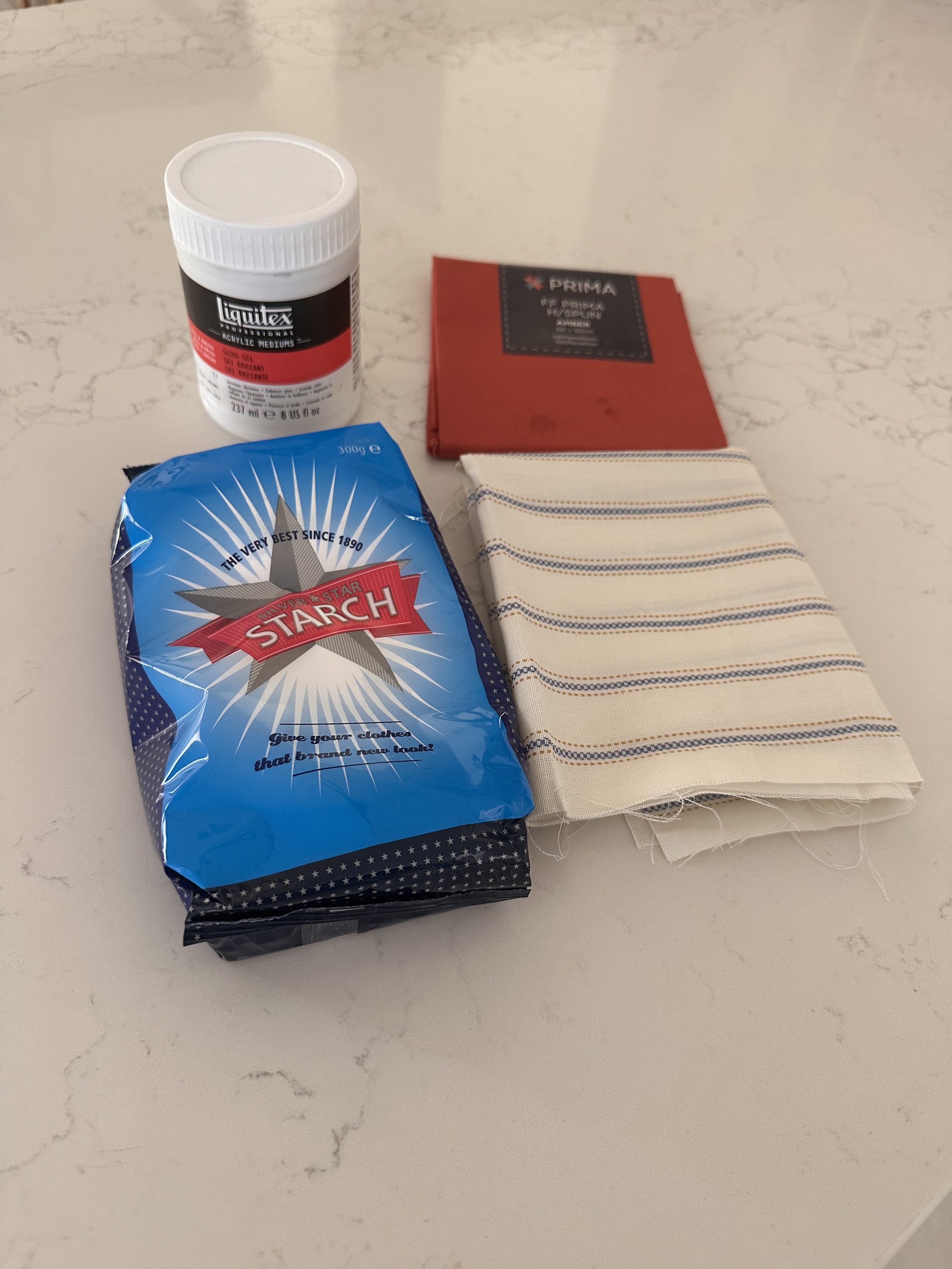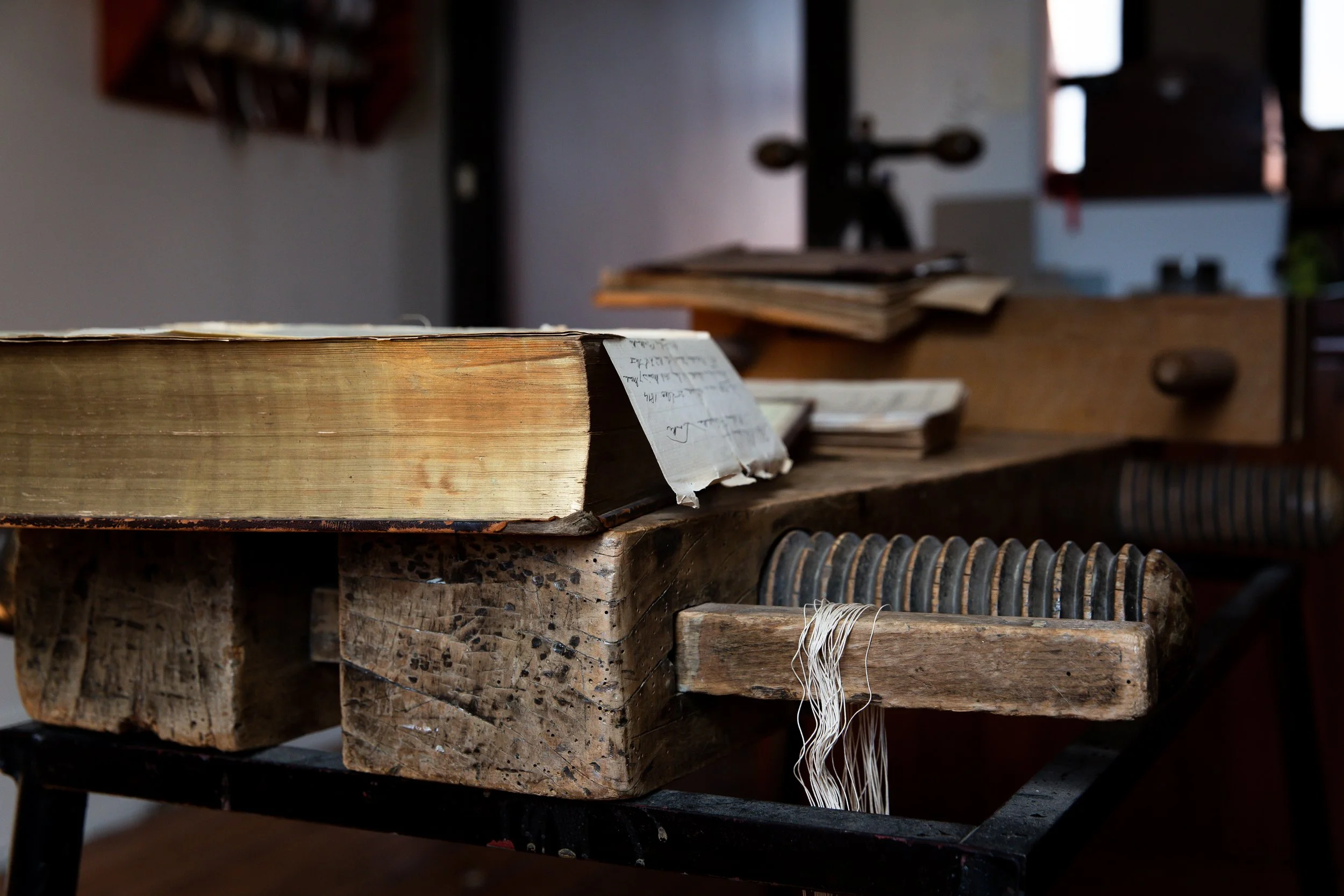Bookbinding Basics: A Step-by-Step Guide
Bookbinding is an ancient skill that transforms loose pages into a cohesive book, merging artistry with practicality. Whether viewed as an art form or a technical skill, the process of bookbinding involves just a few fundamental steps that guide you from inception to completion. By mastering these five essential steps, you can create not only beautiful books but also functional ones that serve a purpose.
During the Industrial Revolution, the book-making process became industrialized, leading to a proliferation of quickly produced, glued bindings and paperback covers. While these affordable editions are widely accessible, they often lack the craftsmanship that delights bibliophiles. In contrast, many individuals are now shifting their focus from rapid mass production to a more mindful approach, embracing the slower, intentional process of creating lasting treasures that are valued for both their functionality and artistry.
Preparation
Collect your materials and equipment.
Gather paper for the pages; each page should be double the size of the book.
Obtain two pieces of heavy board for the covers and lighter board for the spine.
Get reinforcing materials such as bookbinding calico or mull, and glue (EVA or PVA).
Choose the material for your book cover (bookcloth, leather, decorative paper, or a combination).
Acquire a large bookbinding needle and thread.
Create the Pages
Fold the pages and group them into equal sections (e.g., groups of 4 folded pages), known as 'signatures.'
Sew one section of pages to another to form a book block.
Reinforce the Book Block
Add strength to the book block by incorporating kraft paper or bookbinding calico/mull to the spine.
Cut the reinforcing material to size and glue it carefully along the spine.
Create Your Cover
Use the heavy cover boards and lighter spine piece, measuring to fit the size and depth of your book block.
Attach the boards and spine piece to your chosen cover material (leather or bookcloth).
Put it Together
The last step is to join the two parts you created. This is called ‘casing-in’.
Attach the cover to your book block using a folded piece of paper called an end sheet. One side of this sheet connects to the book block, and the other side connects to the inside of the cover.
Want to know more?
We run ‘in-bindery’ full day workshops, plus an online option with lifetime access. Click here for more workshop information.
Beginner’s Bookbinding Blueprint
Our online course runs a couple of times per year, The course includes lifetime access with additional live Q & A’s plus our bookbinding community. Join the waitlist (There’s an Earlybird discount for people on the waitlist!)












